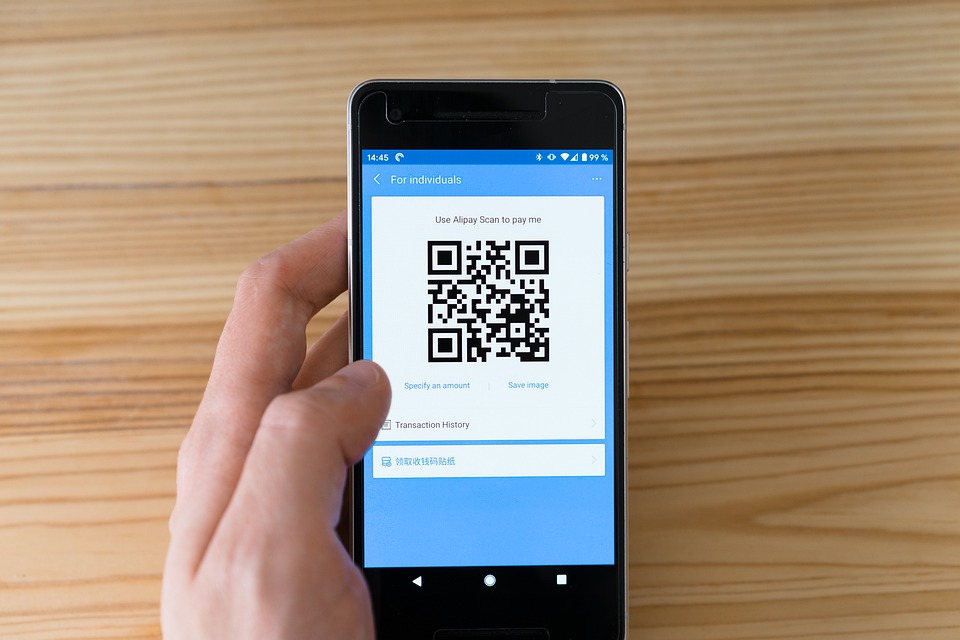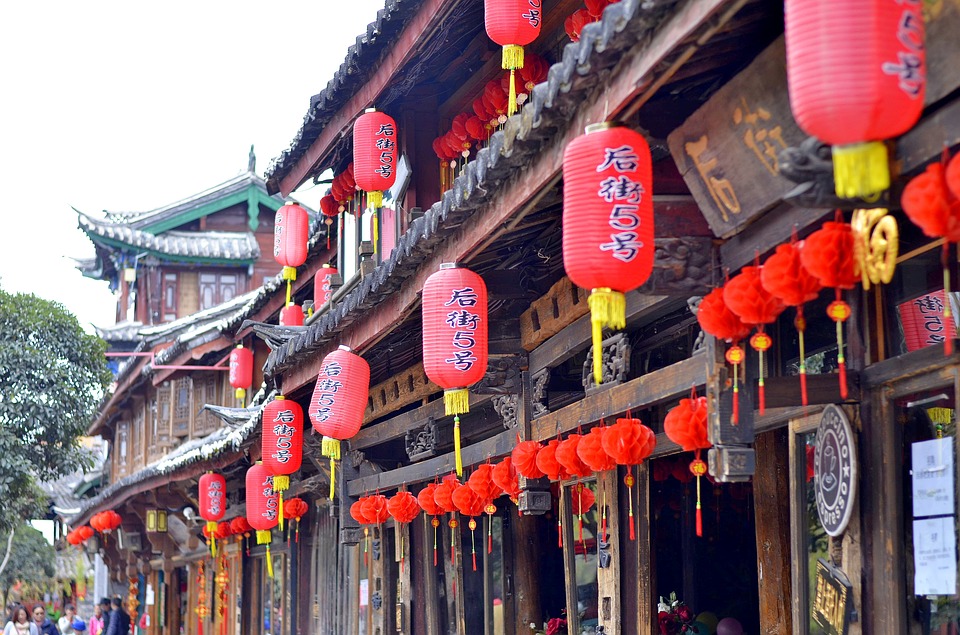Chinese Moon Cake Festival
What are typical Asian remarkable holidays and holiday habits?
When is the Chinese Mooncake festival or the Mid-Autumn Festival?
The Mid-Autumn Festival is celebrated every year around september or october, the 15th day of the 8th lunar month to be specific. In 2025 it is celebrated on the 6th of october, 2026 it is celebrated on the 25th of september and in 2027 it is celebrated on the 15th of september. It is celebrated in all big cities all over the world, with a big Chinese community, like Amsterdam, New York and San Franciso. Also in China, Taiwan, HongKong, Bangkok, Macau, South Korea, Vietnam and Japan.
What is celebrated on the Chinese Mooncake festival?
After the Chinese new year one of the biggest festivities. It is on the day that the moon is on its brightest and fullest, the Chinese always worship the moon and appreciate the full moon on that day. The celebration dates from 3.000 years back from the Zhou dynasty. The gods and the moon are thanked for the last fruitfull harvest of rice and are already teased to give a good harvest the coming year. The day itself, is also considered the Moon Festival. The full moon is known as the symbol for reunion with family for celebrations.
What to eat on the Chinese Mooncake festival?
There is a specific cake, the mooncake to celebrate the reunion. The moon cake is only eaten in september and october. It has a specific shape and authentic form with chinese charaters on top. People love to eat all kind of moon cake (most of the time cut in pieces) with their tea: salted egg yolk moon cake, lotus seed moon cake, lava custard moon cake or red bean paste moon cake. In HongKong they designed a lighter version of the mooncake: the snowskin mooncake made from sticky rice. Nowadays people usually buy mooncakes in the store, instead of making the cakes themselves.
How to prepare for the Chinese Mooncake festival?
In mainland China everyone has a 3-day holiday and most people will go home to their families. They will have festive family dinners, and at night go on marches while holding up lit Chinese lanterns. When traveling, it is good to remember this day, it will be busy on the roads.
- 4208 keer gelezen








 China
China Hong Kong
Hong Kong



Add new contribution